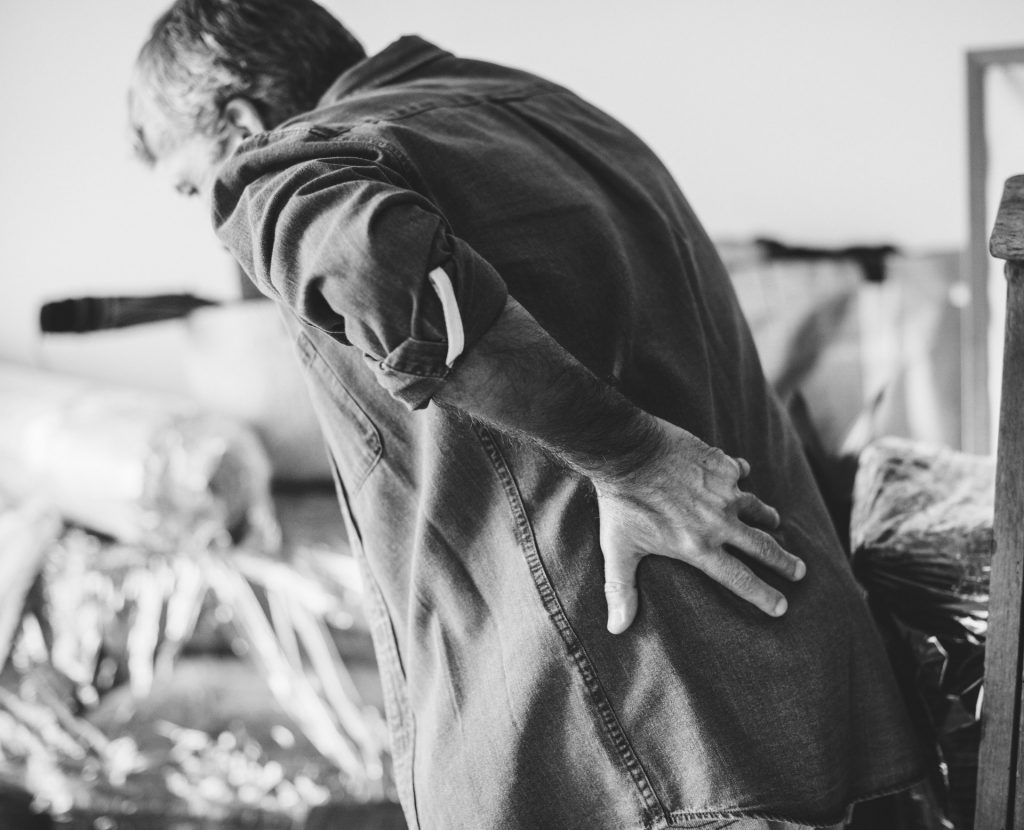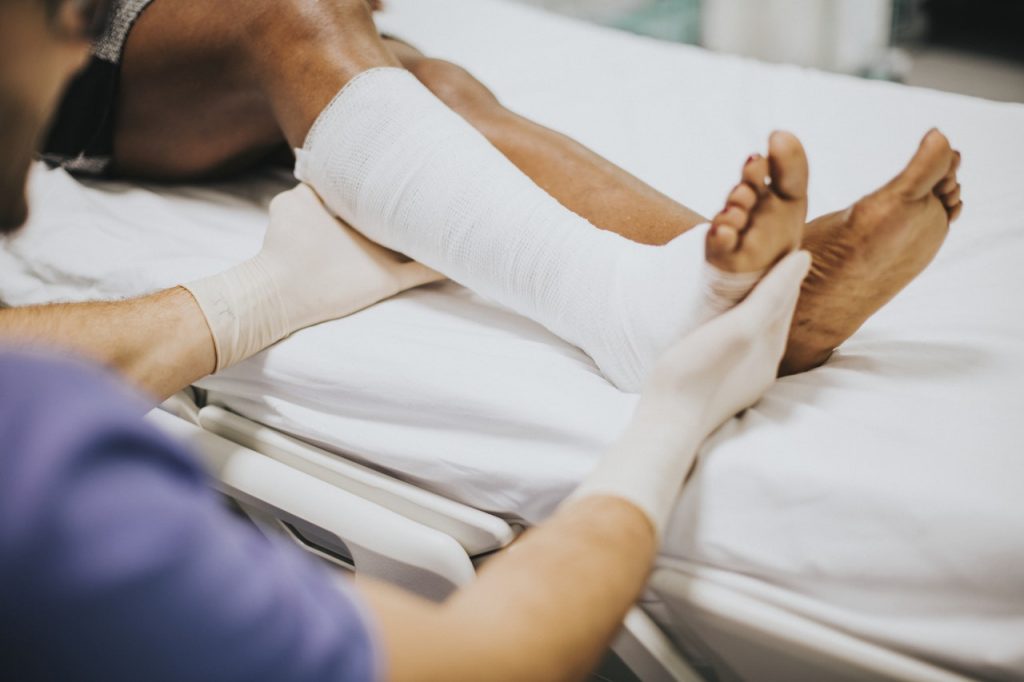Different Types Of Medical Beds To Start A New Clinic

Since immobility may be brought on by many variables ( neurological, musculoskeletal and cardiovascular), every person may demand a particular kind of health mattress to help alleviate pain and enhance relaxation.
A suitable medical bed should encourage an entire care plan and an improved quality of life to the person and that individual’s household. An ideal medical mattress can help in injury prevention. In this informative article, we’ll outline the advantages of, and differences between, many classifications of healthcare beds in addition to their cost points and efficacy.
Gatch Beds
Gatch beds are frequently utilised in schools, rural health outposts, and geographical locations that usually undergo economic hardships. These standardised beds are well known for their durability, reliability, cost-effectiveness and capacity to be easily placed. A standard Gatch mattress contains three removable sections, made operational with spring mechanisms to lift the head, foot, and waist (knee) as needed.
Electric Beds
The next level of classification is your electrical medical bed. These are usually seen in hospital rooms situated in more significant, more economically viable maintenance hospitals and units in metropolitan urban centres and massive cities. Electric beds function as a benefit to hospital patients and staff for their comfort and convenience factors. An electronic version of this Gatch bed, these beds can be adjusted with three segments. They can easily be transferred and simple to fix thanks to electrical switches and remotes.
Like its manually controlled cousin, the electric hospital bed provides comfort for all those compelled to lay level because of immobility, injury, or sickness. An upside of this accession of electricity is the simplicity of performance. Individuals could control the remote also, provided they possess the manual capacity. But, bed users still need regular assistance from family caregivers and members.
Low Beds
Low beds are just that – medical beds which are low to the floor. Low beds are mostly employed for individuals and people that are in danger of falling from the elevation of a regular medical bed, Low beds can also be widely used by Alzheimer’s patients and children in hospital bronchial limbs, and are generally located anywhere from 240-790mm large, including electric adjustability like the typical hospital mattress.
Much like electrical beds, non-beds do need regular assistance for those consumers from relatives or caregivers.
Air Mattresses
There are two Chief Kinds of air mattresses utilised in healthcare – reduced air-loss and switching air pressure:
As its name implies, very low air loss mattresses have tiny holes in the outside that ‘leak’ atmosphere through the cloth with the intent of wicking moisture away build-up and also providing a much more comfortable general position by cutting the contact pressure between the mattress and the consumer.
Allergic air pressure mattresses include a method of cells, or bladders, that inflate and deflate supplying a more rapid shift in place with the purpose of altering the pressure factors on the user’s body to prevent pressure build-up resulting in skin breakdown.

Fluidised-air Beds
The Fluidised-air beds equally distribute somebody’s weight within the surface of the mattress. These beds help decrease surface strain and can give a stream of the temperature-controlled atmosphere through tiny holes. Like a shallow air loss bed, Fluidized-air beds provide a perfect recovery micro-environment by lessening the conditions that promote tissue breakdowns, such as stress, friction, heat, and moisture. They differ from other varieties of bed because they optimise and evenly disperse someone’s weight.
ProBed Medical’s “Freedom Bed”
The Freedom Bed from ProBed is among the most innovative medical beds on the market nowadays; It uses a three-part lateral spinning platform which gently, quickly and securely repositions the consumer while sleeping, without the assistance of caregivers or expert support staff. The three-part attached mattress imitates the motion of their underlying platform, making sure precise repositioning all evening. The Freedom Bed gives the regular rotation practically eliminates any danger of stress injuries and pulmonary congestion, resulting in pneumonia combined with many different challenges of immobility. The Freedom Bed’s unique air system, situated between the stage and the mattress, allows the consumer to be set with the upper chest raised and be automatically repositioned.
The Freedom Bed is famous for a lot of its positive features such as pain relief, relief from stress injuries and pneumonia together with the massive advantage of uninterrupted sleep, dignity and quality of life all potential in the home environment.


